
Travel Routes and Tips for Lanping County in Nujiang
Currently, Lanping County is undergoing improvements in transportation, tourism, and other infrastructures. The Lanping Universal Airport is one of the first-class airports approved by the provincial government among the initial five and has already commenced full-scale construction. Once the airport is operational, you will be able to view Lanping from the air and even enjoy a one-day tour of the Three Rivers.
Lanping Bai and Pumi Autonomous County is located in the heart of the “Three Parallel Rivers” World Natural Heritage Area and is known as the “Gateway to the Three Rivers.” It is an important hub in the northwestern Yunnan urban cluster and serves as a crucial corridor connecting the Jinsha River’s domestic open cooperation economic belt with the Lancang River’s development and open economic belt. To the east, it borders Jianchuan County and Yulong County; to the west, Fugong County and Lushui City; to the south, Yunlong County; and to the north, Weixi County. The county comprises 4 townships and 4 towns, with a total population of 216,000, and is the only Bai and Pumi Autonomous County in China. Lanping boasts a splendid ethnic culture with vibrant celebrations such as the Bai “February Festival”, the Pumi “Wuxi Festival”, and the Bai sub-group Lama people’s “Kaoyangmen Festival.”
Lanping County is home to a total of 245 tourist attractions.
Lanping enjoys the core areas of the “Three Parallel Rivers” World Natural Heritage site with three major scenic zones—Yunling, Laowo Mountain, and Laojun Mountain. Within its borders, there are national scenic areas such as Laojun Mountain and Laowo Mountain, as well as the Xinxianqiao National Forest Park. Its unique geological formations have created a distinctive landscape that combines deep gorges, mountain basins, and alpine meadows. In total, the county offers 245 tourism sites.
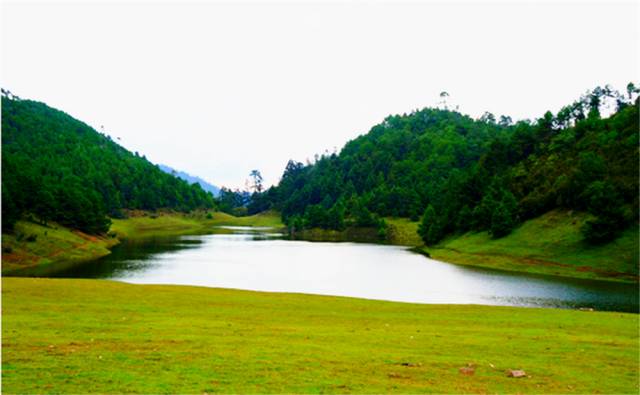
Eastern Scenic Area
The eastern area mainly features the Luoguqing – Dayangchang Scenic Area, Tongdian Pumi Cultural Town, and Hexi Bai Lama Cultural Park. This zone is characterized by majestic Danxia landforms, a diverse range of primeval forests, splendid alpine meadows, enchanting high mountain lakes, and rare species found only in this part of the world.
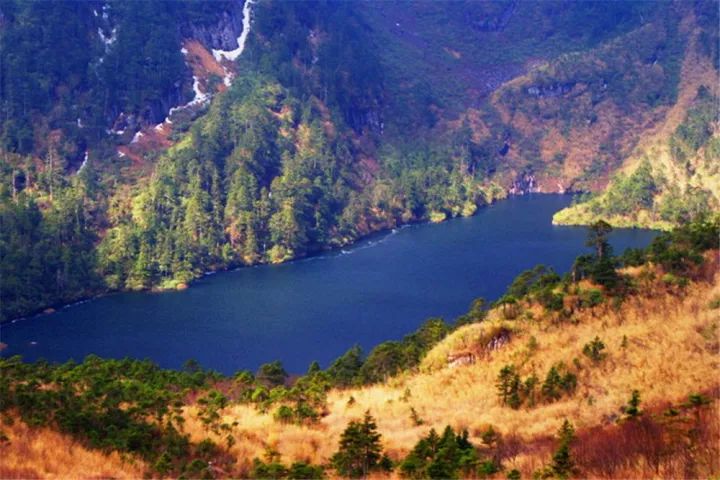

Central Scenic Area
The central region comprises the Yunling zone, including the Xinxianqiao National Forest Park, Fuhe Mountain Scenic Area, Taoshu Lake, and Lajing Salt Horse Ancient Town. Here, visitors can admire majestic snow-capped mountains, vibrant fields of flowers, and rare animals such as the Yunnan snub-nosed monkey.
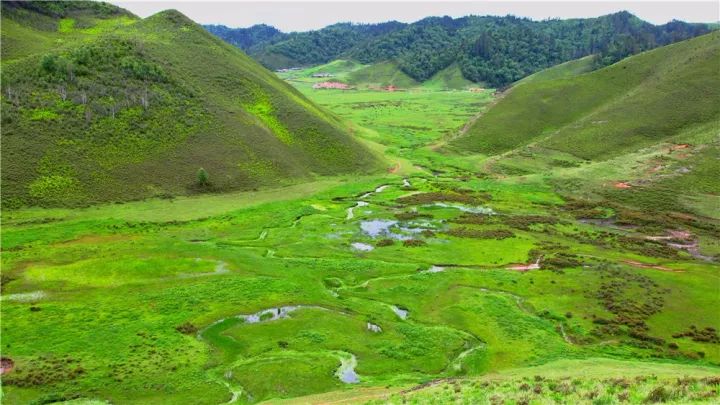

Western Scenic Area
The western area features the Biluo Snow Mountain Scenic Area, Laowo Mountain Scenic Area, and the Lancang River Ethnic Culture Corridor along the central axis of the Three Parallel Rivers. This zone is remarkable for its snow-covered mountain range—the Biluo Snow Mountain—that extends over 100 kilometers from north to south, and more than 100 alpine lakes of varying sizes and distinct characteristics. It also serves as the natural watershed dividing the Nujiang and Lancang Rivers.
Highly Recommended Travel Routes
Hiking and Adventure Routes
Two hiking routes are recommended for adventurers:
-
Route One: Depart from Lanping County Town, pass through Zhongpai, reach Biluo Snow Mountain, continue westward across Laowo Mountain, and arrive at Zhiziluo in Fugong County.
-
Route Two: Follow the snowline of Biluo Snow Mountain heading southwards, crossing through primeval forests and alpine lakes.
Another option is the route from Tongdian Town – Luoguqing – Dayangchang to Lijiang Liming.
Image placeholders: [Image 10] [Image 11]
Self-Driving Routes
For those opting to drive, the recommended itinerary is as follows:
-
Start at Lijiang Shigu, then visit the Liming Scenic Area and Dayangchang (Qinghuadian National Wetland Park). Enjoy the rhododendron sea and alpine meadows on the way, then proceed to Tongdian Luoguqing to experience authentic Pumi culture.
-
Continue to the Bai ancient town in Tongdian, where you can visit the Tongdian Armed Uprising Museum and the Filial Piety Temple.
-
Next, visit Jinji Temple, Taoshu Lake, Fuhe Mountain, and Lajing Ancient Town to immerse yourself in the local salt culture.
-
Finally, travel to Yingpan (which includes the Yang Yuke Family Ancestral Hall Complex along the Lancang River) and then to Tu’e (the Tusi Administrative Office) en route to Liuku.
This itinerary allows for a one-day tour covering all three major rivers: the Jinsha, the Lancang, and the Nujiang.
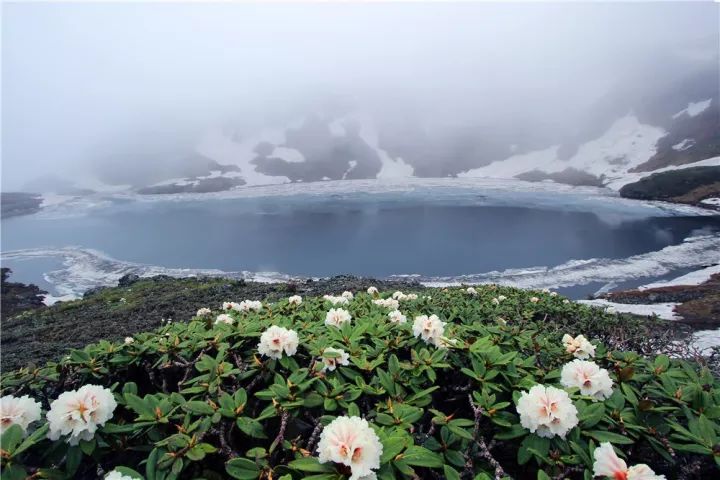
Self-driving tour route suggestion: Lijiang Shigu – Liming Scenic Area – Dayangchang (Jinghuadian National Wetland Park), azalea sea and alpine meadow. Reach Luoguqing in Tongdian, and enjoy and experience the Pumi ethnic customs. Go to the Bai ethnic ancient town in Tongdian, visit the Tongdian Armed Uprising Exhibition Hall and Filial Piety Shrine. Reach Jinji Temple, Taoshu Lake, Fuhe Mountain, and Lajing Ancient Town, and experience salt culture. Go to Yingpan (Yang Yuke’s ancestral temple complex, Lancang River), Tuoe (chieftain’s yamen) to Liuku. In this way, a one-day tour of the “Three Rivers” (Jinsha River – Lancang River – Nujiang River) can be realized.
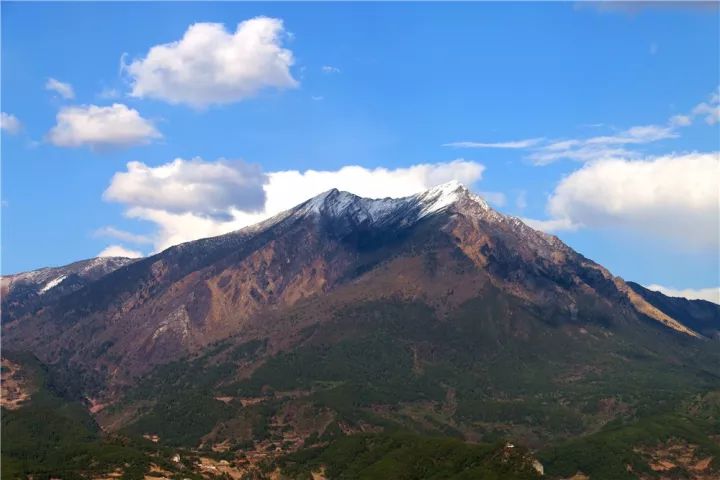
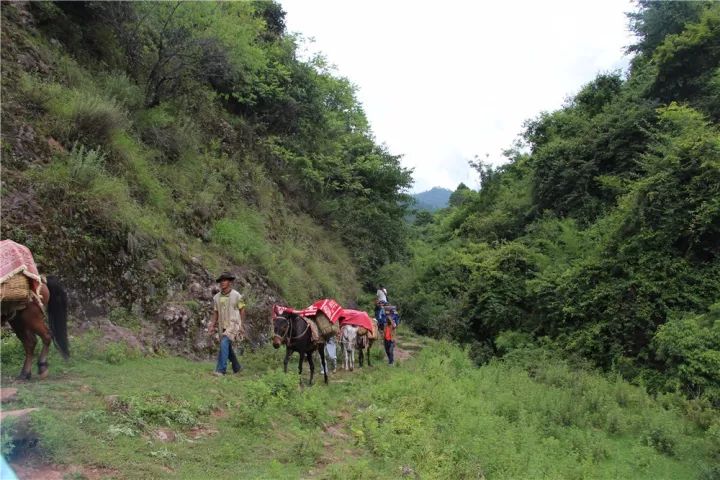
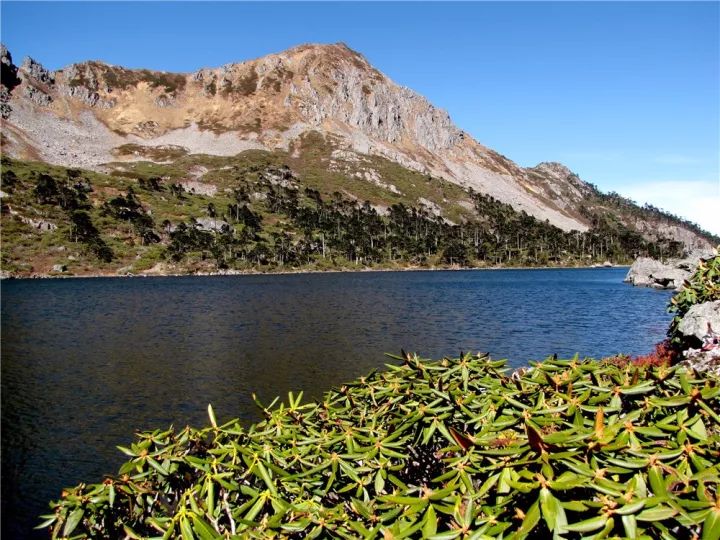
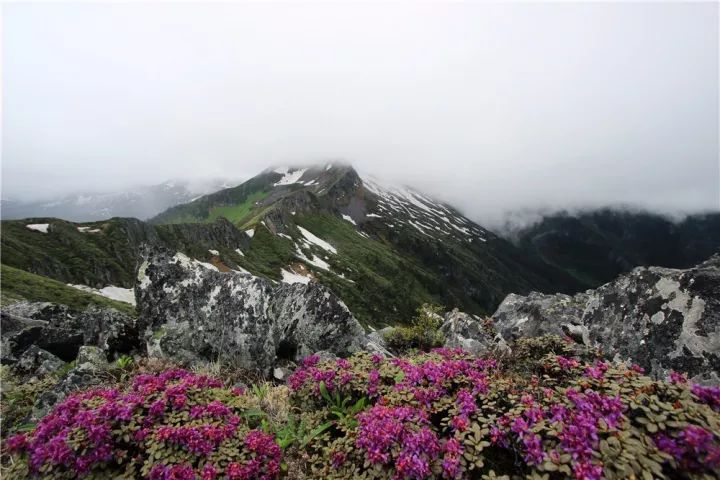



Chinese Version: http://www.927tour.com/News_newsDetail_id_20171109221344614498.html

 7 Days GolfingTour
7 Days GolfingTour
 8 Days Group Tour
8 Days Group Tour
 8 Days Yunnan Tour
8 Days Yunnan Tour
 7 Days Shangri La Hiking
7 Days Shangri La Hiking
 11 Days Yunnan Tour
11 Days Yunnan Tour
 6 Days Yuanyang Terraces
6 Days Yuanyang Terraces
 11 Days Yunnan Tour
11 Days Yunnan Tour
 8 Days South Yunnan
8 Days South Yunnan
 7 Days Tea Tour
7 Days Tea Tour
 8 Days Muslim Tour
8 Days Muslim Tour
 12 Days Self-Driving
12 Days Self-Driving
 4 Days Haba Climbing
4 Days Haba Climbing
 Tiger Leaping Gorge
Tiger Leaping Gorge
 Stone Forest
Stone Forest
 Yunnan-Tibet
Yunnan-Tibet
 Hani Rice Terraces
Hani Rice Terraces
 Kunming
Kunming
 Lijiang
Lijiang
 Shangri-la
Shangri-la
 Dali
Dali
 XishuangBanna
XishuangBanna
 Honghe
Honghe
 Kunming
Kunming
 Lijiang
Lijiang
 Shangri-la
Shangri-la
 Yuanyang Rice Terraces
Yuanyang Rice Terraces
 Nujiang
Nujiang
 XishuangBanna
XishuangBanna
 Spring City Golf
Spring City Golf
 Snow Mountain Golf
Snow Mountain Golf
 Stone Mountain Golf
Stone Mountain Golf


















